Another Morning in Paradise
05 May 2025: Corcovado National Park (20 feet), Osa Peninsula, extreme southwest Costa Rica
3:47 a.m. (one hour thirty-one minutes before sunrise). Seventy-nine degrees, muggy. La Sirena Ranger Station is a dormitory without walls. Bunk beds and mosquito netting. All-night rain, torrential at times, rolling thunder, and bursts of lightning. Woken by monkey alarm, primeval and unfailing. Troops of howlers, a lifeline of prehensile tails securely wrapped around branches, dim light notwithstanding, usher out the night ... and me out of bed. In preparation, I slept before 7:30 p.m., darkness having already descended. The monkeys had issues, quarreling among themselves all night; one troop here, and one there, on either side of the ranger station, reporting positions and intentions: stereophonic howls, grunts, screams, roars, caterwauls, dyspeptic barks.
The voice of a howler monkey carries three miles, and when they preambulate in the treetops next door, you greet the day ... you have no choice. Only a blue whale is louder. The hyoid, the bone in the neck that anchors the tongue, is thick and creates a resonance chamber. At one hundred forty decibels, a howler is twice as loud as most screaming humans. Even the roar of an African lion pales by comparison. The Pacific, less than half a mile away, is eclipsed by conversing howlers.
Living things have meaning in terms of what they do.
In a Costa Rican rainforest, everything's dripping, including the air and voices in the trees. Like crows and jays back home, howler monkeys set off an alarm when a predator moves through the jungle. They don't discriminate. Jaguars, pumas, ocelots, crested eagles, harpy eagles, or boa constrictors get similar treatment. When monkeys agitate, you stop, hold your breath, look and listen, and hope to glimpse an apex predator. Shortly before sunrise, I found fresh puma tracks. It's tough to be stealthy below a troop of howlers, each monkey with a voice that carries like Aretha Franklin, broadcasts your position, punctuating the airwaves in deep basses and otherworldly cries.
Cicadas and birds join in the monkey chorus.
Howlers eat leaves, move slowly, and sleep a lot. Spider monkeys, the Flying Wallendas of New World primates, have long limbs and tails, are quiet, and eat fruit. When spider monkeys move through the canopy, you cannot help but watch. A troop swinging through the jungle displaces insects and lizards, and attracts attendant birds like double-toothed kites, as foraging army ants attract antbirds. Two spider monkeys nosh legumes, dribbling bits of green; bite chunks of green fruit, drop the rest. Crested guans and great curassows scavenge the fallen fruit, forming a receiving line below.
A tumandua in the tree. A tapir on the beach. A troop of coatamundi, kits adorable, amble by, shepherded by mothers and grandmothers. (I suppress the urge to take one home.)
More than fifty species of birds (everywhere, noisy, and difficult to count). First two: common pauraque and chick, eyes glowing in the beam of a flashlight, oversized nightjars on the ground on the hem of the jungle; bare-throated tiger heron stalking spawning tree frogs, in a rain puddle. Third: male red-capped manakin, a small, compact Neotropical fruit eater, red-headed, yellow-eyed, black bodied, and yellow-thighed (nicker-like), dancing on a branch in the dim light ... a performer par excellence—bouncing, pivoting, sliding. Someone must be watching this spectacle beside us, but I see no sign of his betrothed. Fourth: pale-billed woodpecker, red crest and white bill gleam in mist-diffused sunlight. Then, a pair of yellow-throated toucans slides into the wet greenery. Pick fruit with cartoon bills. Lean back and swallow. Mate. Overhead: pairs of scarlet macaws, breathtaking and noisy, call attention to themselves, sunrise on their feathers, long tail plumes stirring heavy air; two by two, tied together for life; by comparison, several pairs of mealy Amazons, equally faithful, rapid, stuttering wing beats, fly as though overcome with mechanical problems, graze the canopy.
Mournful, quavering notes of the great tinamou counterpoint to the howlers. Emblematic of a rainforest. Like a loon in the Northwoods.
Two adult king vultures, stout, circling under the clouds, with a six-and-a-half-foot wingspan, black and white feathers, and a naked orange head, are relics of the Pliestocene, which once ranged into the southern United States (William Bartram described one in the late eighteenth century in central Florida) and may once again if climate change goes unchecked. A prince or princess, equally as large, mostly dark-feathered, follows the royal couple, circling. Three birds in no hurry, watching the world beneath unfold.
Standing in the shade, beneath an overlay of pastel pink and oceanic mist, luxuriating in the cool breath of the Pacific, shoulder to shoulder in the company of friends, new and old, the way I'd want everyone I know to stand, mouths open, fingers clutching binoculars, not knowing what to look at first.
Scarlet macaws, photo Jim Block
Fresh puma print, photo me
Black-throated trogon, photo Gil Calvo
Coatimundi troop out for a morning stroll, photo Jim Block
Mating yellow-throated toucans, photo Jim Block
Spider monkey, photo Gil Calvo
Curious tamandua, photo Jim Block
Fer-de-lance, photo Jim Block
Rain-puddle sex, marine toads (a.k.a. cane toads), photo Jim Block
As a lifelong naturalist and Yankee fan, I follow a trail blazed by John Burroughs and John Muir, neither of whom paid much attention to baseball. My work has appeared in Audubon, Sierra, Sports Illustrated, National Wildlife, OnEarth, National Geographic Traveler, National Geographic Books, Yankee, The New York Times, Newsday, The Boston Globe, The Chicago Sun-Times, The Guardian, and The Daily Telegraph, among other publications. I am the author of Backtracking: The Way of a Naturalist (1987), Blood Brook: A Naturalist's Home Ground (1992), and Liquid Land: A Journey Through the Florida Everglades (2003), among other works of nonfiction. I received the Burroughs Medal in 2004, the highest literary honor awarded to an American nature writer. E.O. Wilson called America's Snake: The Rise and Fall of the Timber Rattlesnake (2016) a beautifully written book [that] demonstrates just how good nature literature can be.
Beginning on 14 March 2020, the day after I returned home from Costa Rica, at the onset of the pandemic lockdown, I started writing a daily journal—part natural history, part memoir, and part commentary—which appeared here on Substack. Since the 25 August 2021 post, I edited the 526 entries (deleting, combining, modifying) into a new book, The Promise of Sunrise: Finding Solace in a Broken World, which Green Writers Press published on the vernal equinox 2025.
Jennette Fournier's illustrations, many of which are originals (including an otter, a bobcat, chickadees, and a black bear), a playful Winnie-the-Pooh-esque map, and a commissioned watercolor cover grace the book.
From: Seven Days
The Promise of Sunrise: Finding Solace in a Broken World
Ted Levin, Green Writers Press, 400 pages. $21.95.
A pissed-off woodpecker flies in and screams...
When COVID-19 crashed into his life in 2020, naturalist Ted Levin began taking a walk each day at sunrise through the woods and wetlands around his home in Thetford. His walks begat a daily blog and now a lyrical book that brings to life the world of efts and otters, warblers and wrens, chickadees and coyotes. Engaging natural history lessons — loon semen and mammoth bones make an appearance — weave through the daily entries, and slowly the reader also learns the story of the author's life.
Levin's writing can be extraordinarily vivid: Coyotes "hurl their voices at the crescent moon"; a bobcat has a face "like a soiled, fraying softball"; chickadees are "four maestros working on a score." Writing such as this demands to be read as one reads poetry, in small sips, to be fully savored.
—Candace Page.
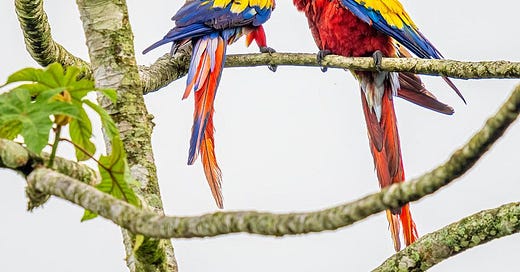



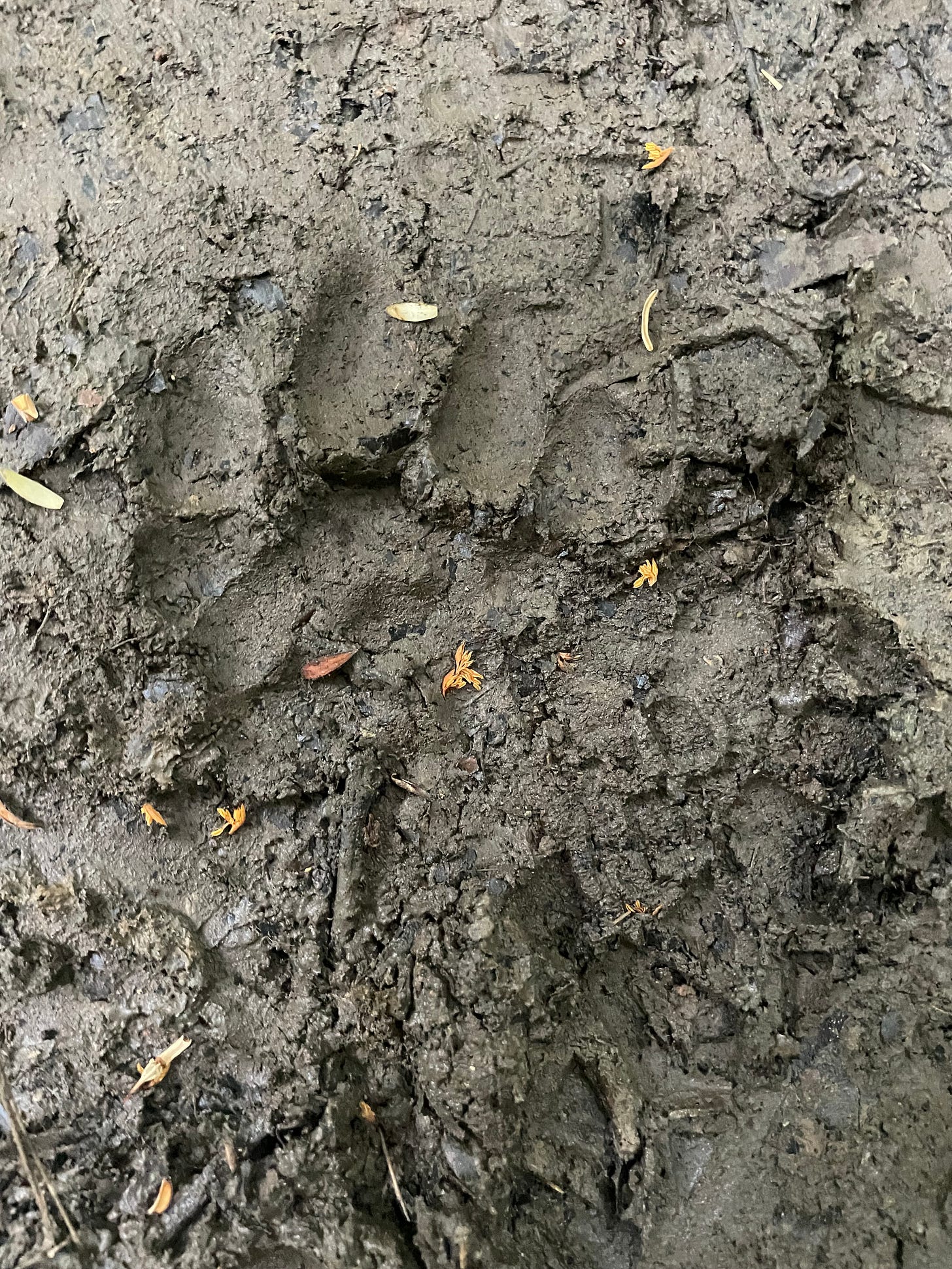
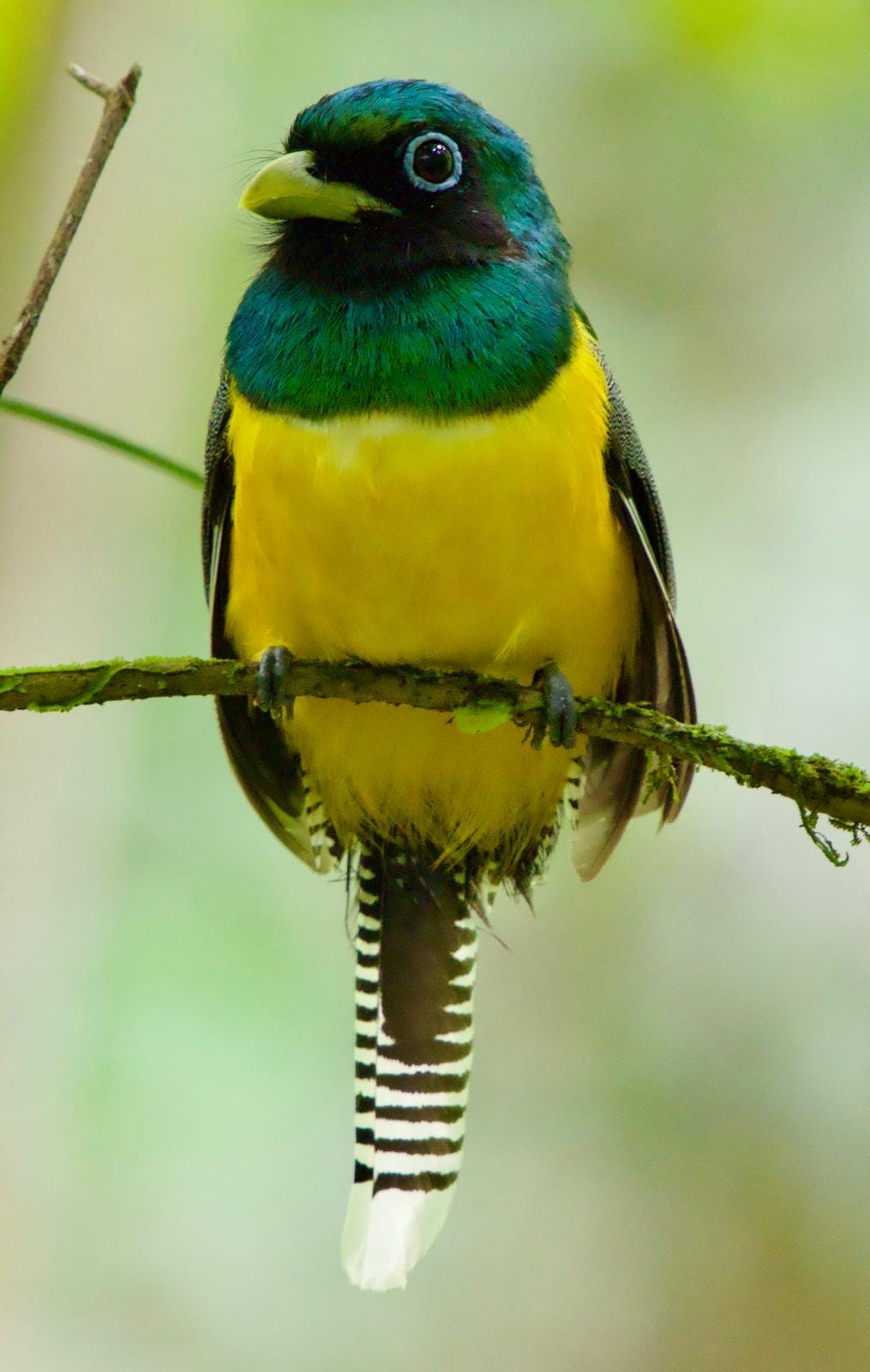
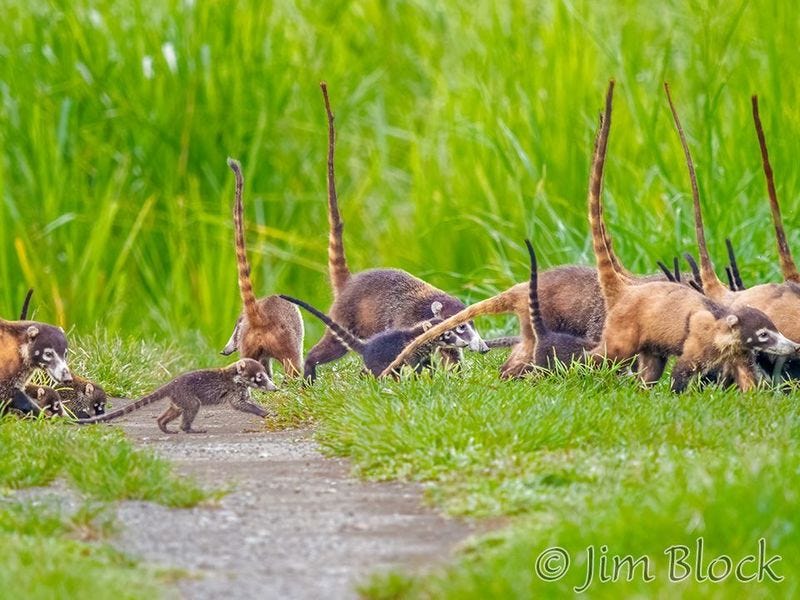
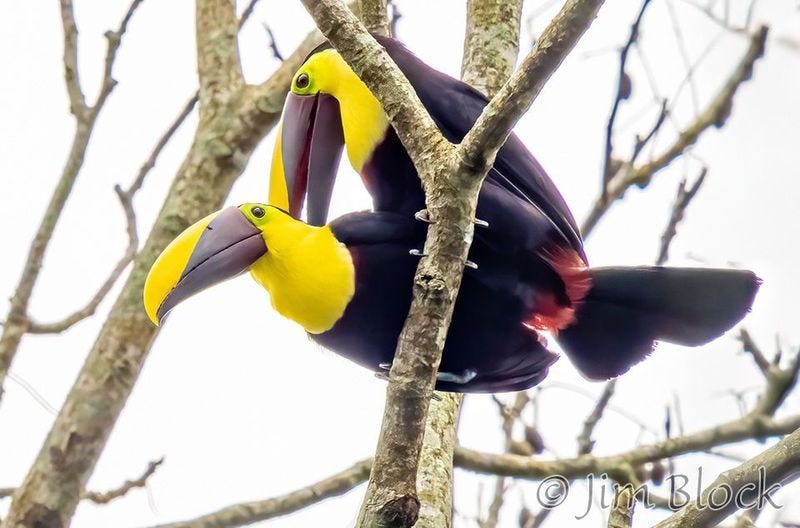

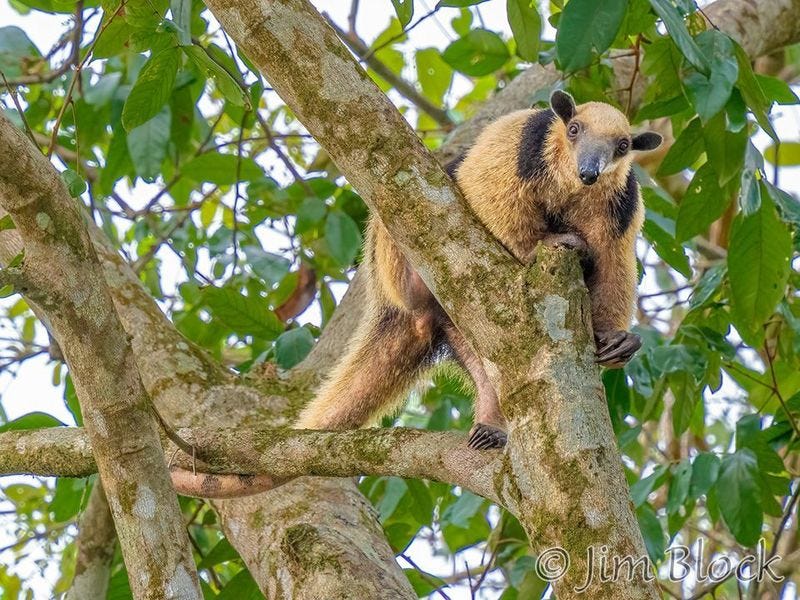
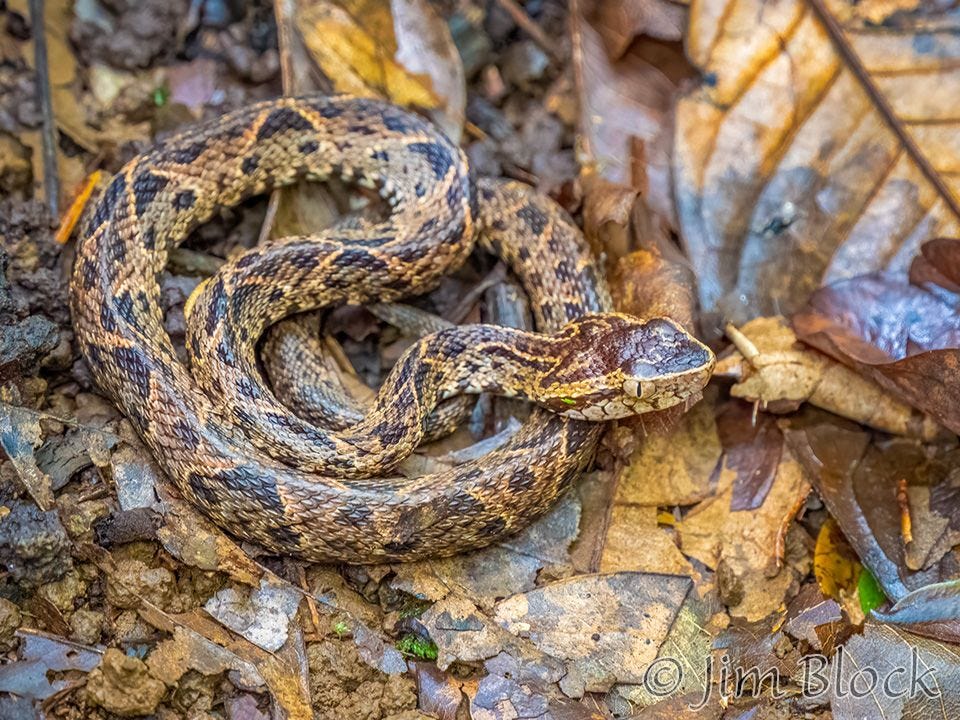
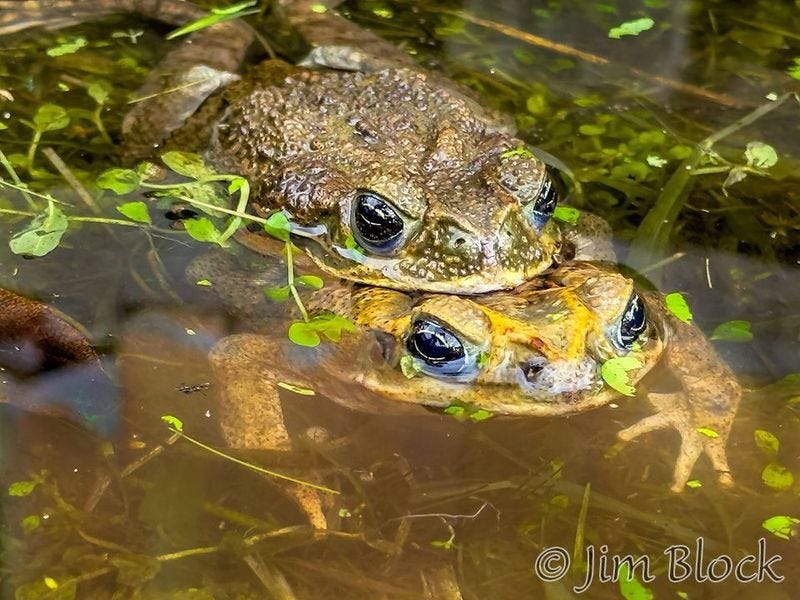
Delightful! Glad you added the photos.